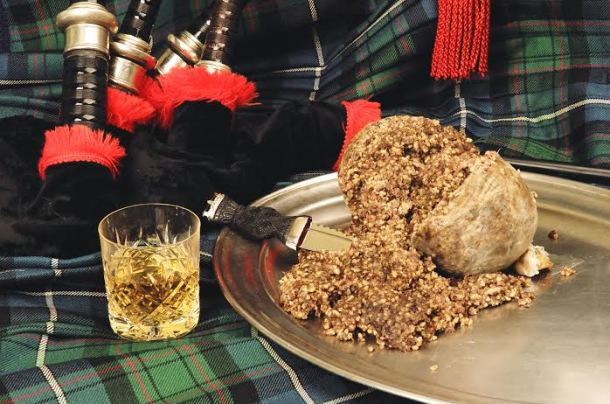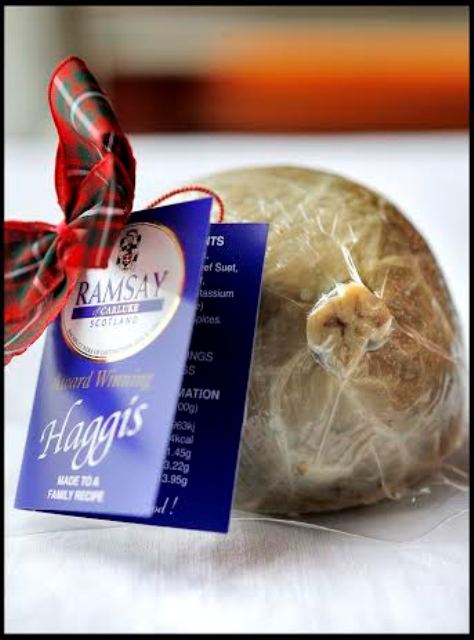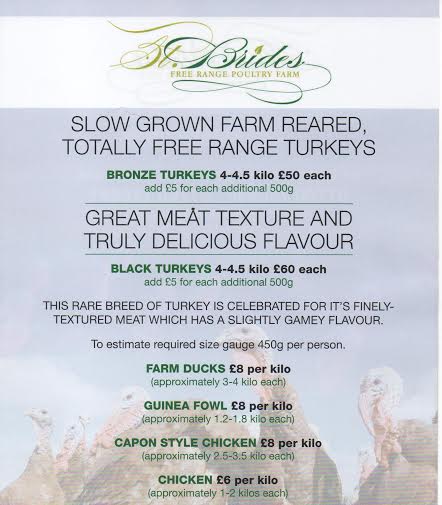BBC Good Food Show Scotland Bursary Winner 2014. See Yasmin from Scotia Spice at this years BBC Good Food Show Scotland, 17 – 19th October 2014 at Secc Glasgow. This is a post I wrote last year about Yasmin and her bursary winning Punjabi cookery course in a box.
There’s rarely week passes that I don’t cook spicy food and over the years I’ve experimented with lots of different ‘curry’ recipes. Many of the dishes I’ve cooked are recipes that have been developed for the British palate including the popular restaurant type curry. Lat year, I met Yasmin McDonagh who runs the cookery school, Scotia Spice, specialising in Pakistani Punjabi cooking, at her home in Balfron.
As well as running the cookery classes , Yasmin designed a ‘ Cookery Course in a Box‘ to share her knowledge, and her family’s authentic Punjabi recipes. Skills and family recipes that had been handed down from her mother and grandmother and like many of us, Yasmin learned by watching them cooking.
With the increasing trend towards eating fast and convenience foods, Yasmin wanted the recipes to be passed onto the younger generation. It’s now a common story in many cultures, traditional skills and recipes being lost as the younger generation are lured away from their heritage and home cooked food towards the chains of restaurants that now dominate our high streets.
It was this passion along with suggestions from students to write a cookery book, that led to her developing the course. Unlike a book, the box contains 6 recipes and all the spices needed for cooking a complete meal. It’s also makes an ideal food gift especially for someone who’s starting to experiment with ‘curry’ as the only extra that’s needed is the meat and the vegetables.
The day we met, I watched and listened as she cooked up three delicious meals from the lamb box and in a very short time, produced some very flavoursome Punjabi dishes. Keema Lamb, potato & spinach pea curry along with a classic cucumber raita, all packed with fantastic flavour. As she talked about her ‘soul food‘, it was easy to see that this was a woman in love with the food she was cooking. I listened with interest as Yasmin added the spices; light aromas, top notes, ying & yang, full bodied, mellow, pungent, the characteristics of each spice being described in detail. It was a fascinating demonstration of alchemy and love, all being cooked up with simple ingredients to make a family meal. There was the same passion as she spoke about the recipes and skills she had learned for her mother and grandmother. None of these had been written down, Yasmin learned from watching and listening as they cooked. Simple cooking was what her family did in Pakistan. Originally a peasant farming family, they had few cooking facilities, and needed clever but simple methods to cook over outdoor hearths.
There was the same passion as she spoke about the recipes and skills she had learned for her mother and grandmother. None of these had been written down, Yasmin learned from watching and listening as they cooked. Simple cooking was what her family did in Pakistan. Originally a peasant farming family, they had few cooking facilities, and needed clever but simple methods to cook over outdoor hearths.
I cooked the meals from the chicken cookery course and was impressed by the simplicity of the recipes, easy to understand and made easier, given that the spices are included with the course. Despite this simplicity, I cooked a chicken curry, that really delivered on flavour, tandoori chicken, carrot curry, a red lentil dhal, along with a chutney and a raita. There was no complicated pastes to make, and I particularly liked the easy method of softening the onions along with the other vegetables and spices in water.
Yasmin explained that the six dishes would traditionally be served together as Punjabis eat informally with all the food on the table, allowing the family to help themselves to a good hearty meal. The food loving Gillon boys gave the complete meal 10/10 and I will certainly cook this again. The combination of dishes would also make a great meal to serve when entertaining as the 6 dishes together make quite an impressive feast.

There are 3 ‘Cookery Course in a Box‘ to chose from, chicken, lamb or vegetarian, each with a different selection of recipes.
Interested in learning more? There are 3 course options to choose from at Scotia Spice .
Full day – £130. Start with a spice workshop, learning about the spices and how to use them. Followed by cooking 6 punjabi recipes which you will take home along with the recipes and a selection of spices.
Half day – £75 Start with a spice workshop and cook 3 Punjabi recipes which you will take home along with a selection of spices.
Introductory session – £30. This session will give you a taste of what Scotia Spice offers. After the spice workshop you will cook one dish which you will take home along with a selection of spices.
Numbers are restricted to 3 on each session, allowing Yasmin to guide you through the practical parts of the session.
Telephone 01360 449399






















 Mark and Jacqui offer a variety of different stews and tomorrow’s special is their delicious pulled beef chilli. If you’re visiting the Partick market tomorrow, be sure to drop past Aye Love Real Food to stock up and try some of the tasty samples on offer
Mark and Jacqui offer a variety of different stews and tomorrow’s special is their delicious pulled beef chilli. If you’re visiting the Partick market tomorrow, be sure to drop past Aye Love Real Food to stock up and try some of the tasty samples on offer

